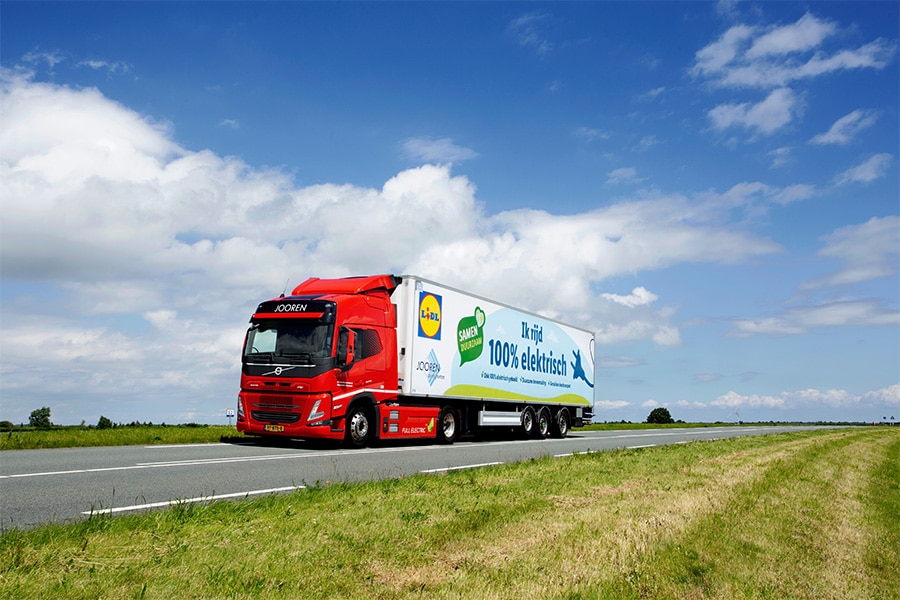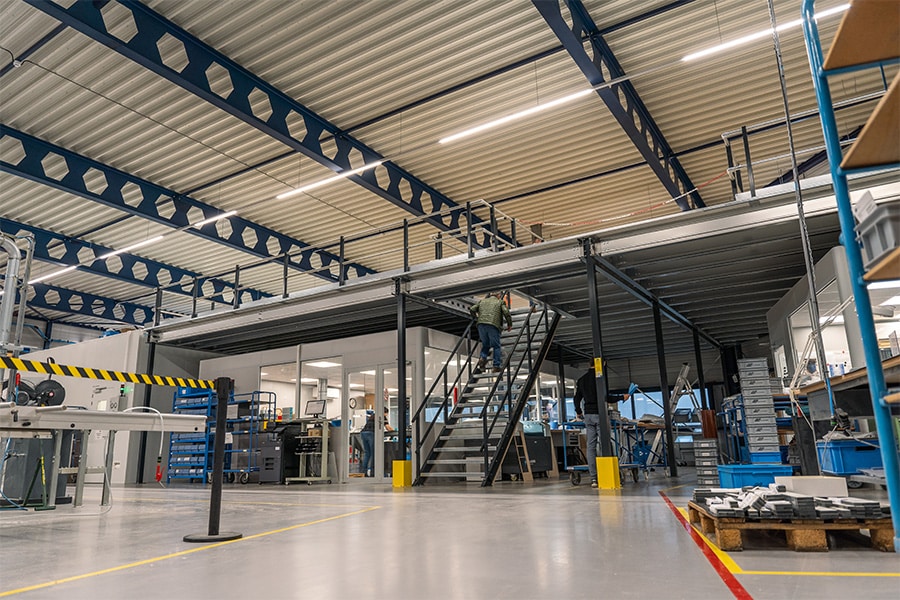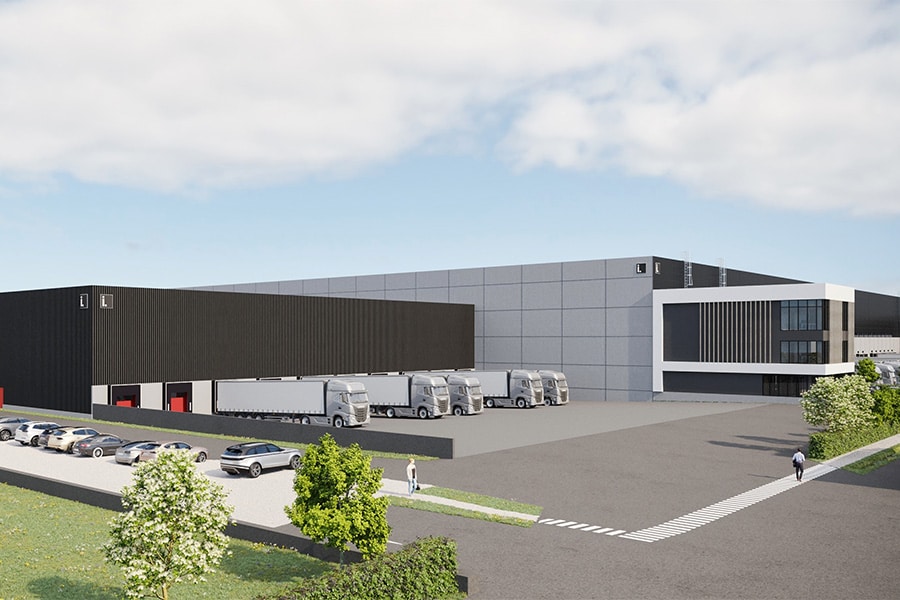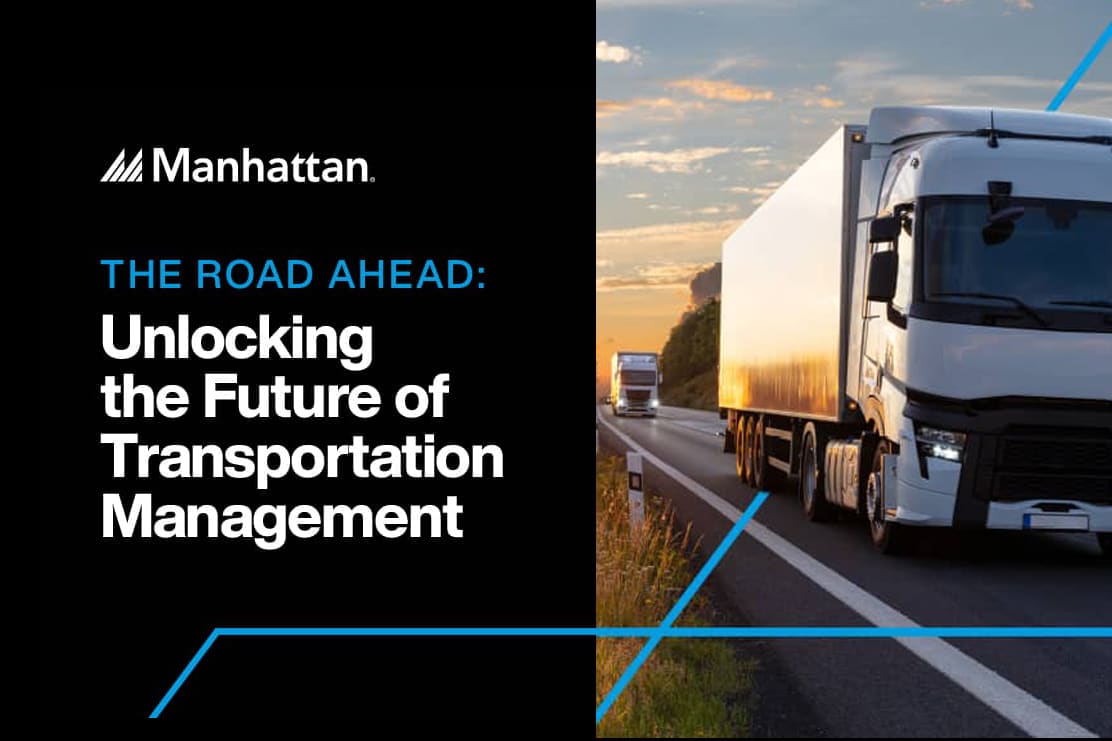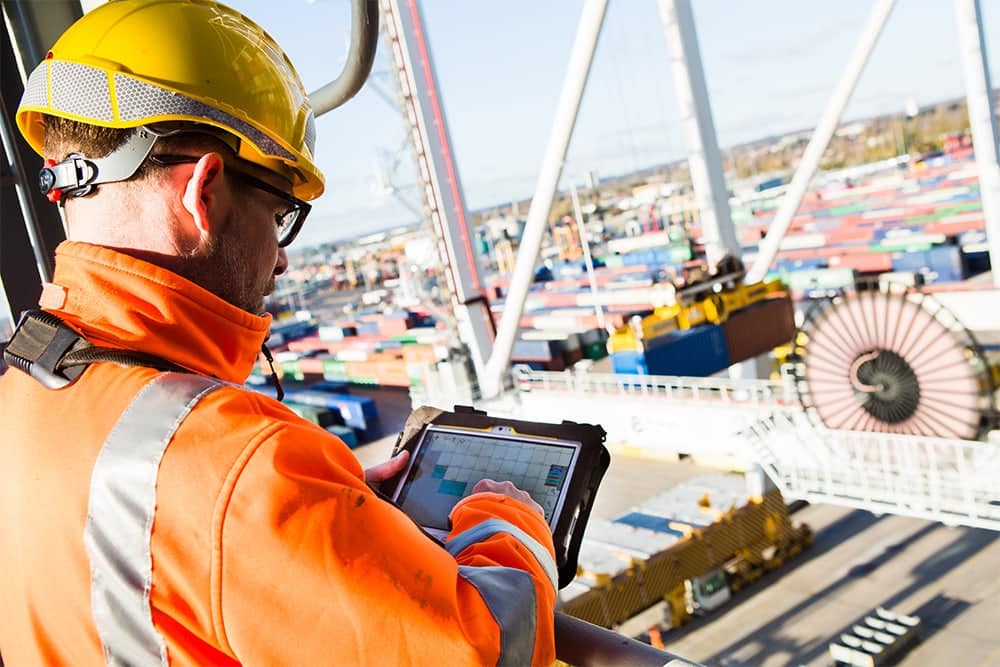
Private 5G networks and IoT at ports facilitate growth in global trade
Global freight transport demand is expected to triple by 2050. Ports are crucial hubs for trade, cargo and logistics operations. They facilitate the transportation of goods, making them pivotal in international supply chains. The solution to accommodate this growth lies in the development of "Smart Ports," by integrating advanced technology and data into every aspect of operations. On the Smart Digital Ports conference in Rotterdam from Sept. 24-25, Panasonic Toughbook will discuss this further in a panel discussion with Nokia, the Port of Barcelona and Three Group Solutions.
Keeping operations running smoothly and facilitating trade is a complex challenge. It is not just a matter of ensuring that cargoes and supply chains operate smoothly and without disruption. The security risks associated with moving heavy and dangerous equipment in port environments must also be taken into account; those risks will only increase as trade volumes increase. As such, the technological challenge lies primarily in strengthening and transforming digital infrastructure and operations to better cope with these changes.
Rising demand for data
As powerful as the benefits of the Internet of Things (IoT) are, the scale of deployment required to connect all the necessary elements of ports and terminals brings significantly greater connectivity requirements. Moreover, the physical conditions at ports and terminals create additional challenges that hinder mobility and reduce the effectiveness of these technologies.
5G private networks: The driving force behind Smart Ports
5th generation wireless technology (5G) improves the speed and efficiency of communication between devices, leading to greater mobility and seamless real-time applications. This provides more efficient use of network resources, improved network segmentation and better support for large-scale Internet of Things (IoT) applications.
"For port and terminal operators, the ability to create a private 5G network offers additional benefits such as full control over the network and data, including traffic prioritization and resource allocation. In addition, the unlimited adaptability of these networks makes it possible to meet ports' specific network requirements while ensuring the highest capacity and lowest latency for all connected devices," said Thomas Murman, Business Consultant at Panasonic Toughbook.
"With 5G as a connectivity tool linking people, data, cargo and machinery in real-time and with full operational visibility, a new platform can be created for fast and seamless exchanges between ships, dock teams, port control centers and more. Powered by a private 5G network, the interconnection of every aspect of port operations, from busy terminals to maritime vessels, can usher in a new future for 'Smart Ports.'"
The critical role of 5G mobile devices in Smart Ports
Connecting all parts of port and terminal operations is only useful if the information is accessible in real time and immediately usable by those working on the ground. Although many processes have been automated and digitized, people still play a major role in operating cranes, loaders, vessels and other equipment in the port. To take full advantage of the benefits of interconnected data, teams need powerful and portable devices that can support them anywhere.
However, ports are harsh environments. They are characterized by dust, rain and saltwater splashes, high levels of vibration, sudden shocks and rough use. Wet and windy conditions, impacts, falls and collisions, as well as working with different vehicles and equipment, are just some of the challenges employee mobile devices must deal with.
For more information on the Smart Digital Ports conference: https://sdp.ptievents.com
For more information on Panasonic Toughbook: http://www.toughbook.nl
